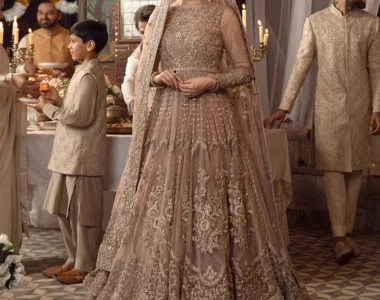No products in the cart.
Patterns of Sindhi Embroidery
Pakistan’s cloth industry is evolving rapidly by mixing up all the western trends in but it hasn’t isolated its regional culture like that of Sindhi embroidery.
It was previously restricted to Sindh only but it has now spread all over the country and is even exported to the UK, Canada, and India. What makes it worth buying is its needlework which is done by those hardworking people of Sindh.
This defines its notable and remarkable quality. It is highly demanded and fits every age. Sindhi embroidery has many patterns; birds and flowers being the most common of them. These are created by using colorful threads of very fine quality.
Usually, check and chevron patterns are followed which is known as Kathi, along with the addition of small glasses. This type of work is known as “sheesha work” and Abhala in the Sindhi language.
This type of work is not restricted to clothes being worn by women only but by men also who wore it as a turban and on Ajrak chaddars. Moreover, this Sindhi embroidery is presented to us in the forms of handbags, Sindhi chappals, table cloths and hand fans known as “Pankhiyaan”.
Those village women work with extreme effort to present us these beautiful handcrafted objects.
This embroidery is not only available on suit pieces but also in its separate embroidered patches like neck work, back work, shoulders, front patch and so on.
The only thing we need to do is get them stitched on the choice of our dyed cloth. This flap work is known as Toran.
Lastly, the animal and bird needlework is known as Ari. All types of styles and varieties of this Sindhi embroidery are extremely admirable and never get out of fashion.







